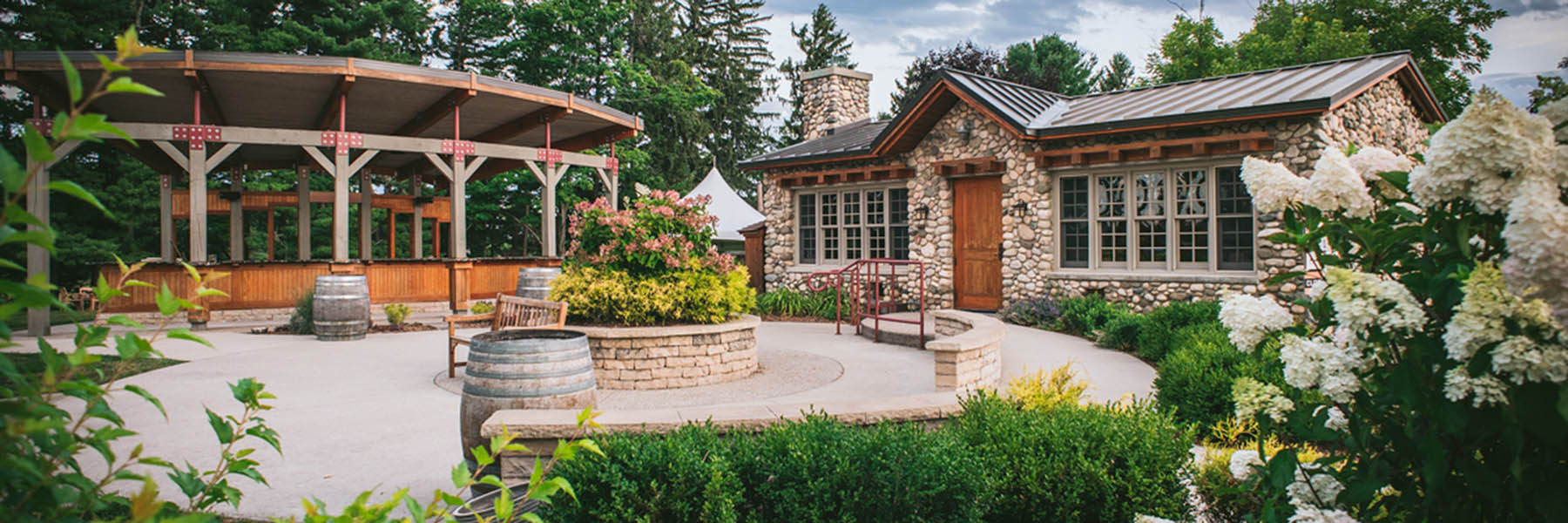Friday April 24, 2015
Trust me, at some point all wine drinkers have been fooled as to how sweet a wine might really be. I can’t tell you the number of times I’ve heard somebody claim a wine is sweet when it is not, or go on about how beautifully dry a wine is that has quite a bit of residual sugar in it. The subject of sweetness in wine is possibly the most misunderstood topic among all wine drinkers, whether they be newcomers or experienced tasters. It is no surprise really, the perception of sweetness is influenced many factors other than sugar and can get a bit complicated. Let’s try to clear this all up, shall we?
Terminology is the first step. In the strictest sense the terms dry and sweet refer to the level of measurable sugar in a wine. Dry means the absence of sugar, plain and simple. Sweet is a sliding scale, you can have a little sweetness, lots of sweetness, and anything in between. Again it refers to measurable quantities of sugar. As a winemaker I measure sugar in grams per liter which translates directly to the more recognizable expression of sugar as % residual sugar. To translate what I measure to what you might see on a wine label or tasting notes just move the decimal point one position to the left, i.e. 10 grams sugar/liter equals 1.0 % residual sugar. Technically this defines dry and sweet, pretty simple. Now for the tricky part… the perception of sweetness.
In a typical wine with around 12-13% alcohol by volume the average human detects sugar at about 7-8 grams/liter, or 0.7-0.8% residual sugar. Below that level most people cannot tell whether there is no sugar or some sugar, it just doesn’t register as sugar of any quantity. Once above that level tasters may start to detect some level of sweetness. So if there is some sugar present in your wine why can’t you taste it? This is where things get tricky. Many other components common in wine can and do influence how you perceive sugar in wine including alcohol, glycerol, oak, tannin, pH, and most importantly, the natural fruit acids found in grapes and wine. Some of these give the impression of sweetness with no contribution from sugar such as alcohol and glycerol. These compounds can enhance the perceived richness of a wine and your palate interprets these as sweet. Some of the flavor contributions from oak ageing lead your palate to assume there may be some sweetness whether there is or not because you are trained over time to associate these aromas and flavors with something sweet. Acids directly affect how sweet any sugar present may taste. Let’s say we have a defined amount of sugar, let’s pick 20 grams/liter, or 2.0% residual sugar. Now let’s pick a defined level of acidity of 7.0, again measured in grams/liter. Now let’s reduce the acidity to 5.0 grams/liter but not change the sugar of 20 grams/liter and the wine will taste sweeter even though the level of sugar has not changed. Likewise, if we keep the sugar exactly the same at 20 grams/liter but increase the acidity to 9.0 grams/liter, the wine will taste less sweet, again without changing the amount of sugar. Acidity in wine can either elevate or decrease the perception of sweetness without changing the actual measurable level of sugar. So as you can see many factors can influence your overall perception of sweetness in a wine.
I often hear people say something like, “Oh, this wine is sweet” when what they are experiencing is something other than sugar, I know for a fact that the wine contains little or no sugar. Conversely, “This wine is nice and dry”, when they would be surprised how much sugar that wine actually contains. It all comes down to how your individual palate is wired to detect sugar. We are all different there, some are more attuned to this than others. Then throw in the chemistry of it all and the perception of sweetness is further influenced.
Research has shown over and over that humans are genetically wired to find sweetness to be a pleasurable thing. The extent to which we like it varies from person to person, objectively sweet is good, subjectively we have different levels where we derive the most pleasure from sugar.
Now for my parting shot! “I don’t drink Rieslings, they’re too sweet!” is a phrase repeated too often. Take your time to explore this variety in particular, you’ll find a range of sweetness from absolutely bone-dry to luxuriously sweet and decadent, and everything in between. Shady Lane Cellars’ Rieslings cover the range and our Dry Riesling really is dry when you examine the sugar technically. The beautiful fruit and floral aromas and flavors in this wine, as well as other contributors such as those discussed earlier may bring to mind the possibility of some detectable, but low, measure of sugar in the wine. Sorry, but you’d be wrong on that count!
Cheers!
Adam Satchwell Winemaker and General Manager, Shady Lane Cellars


